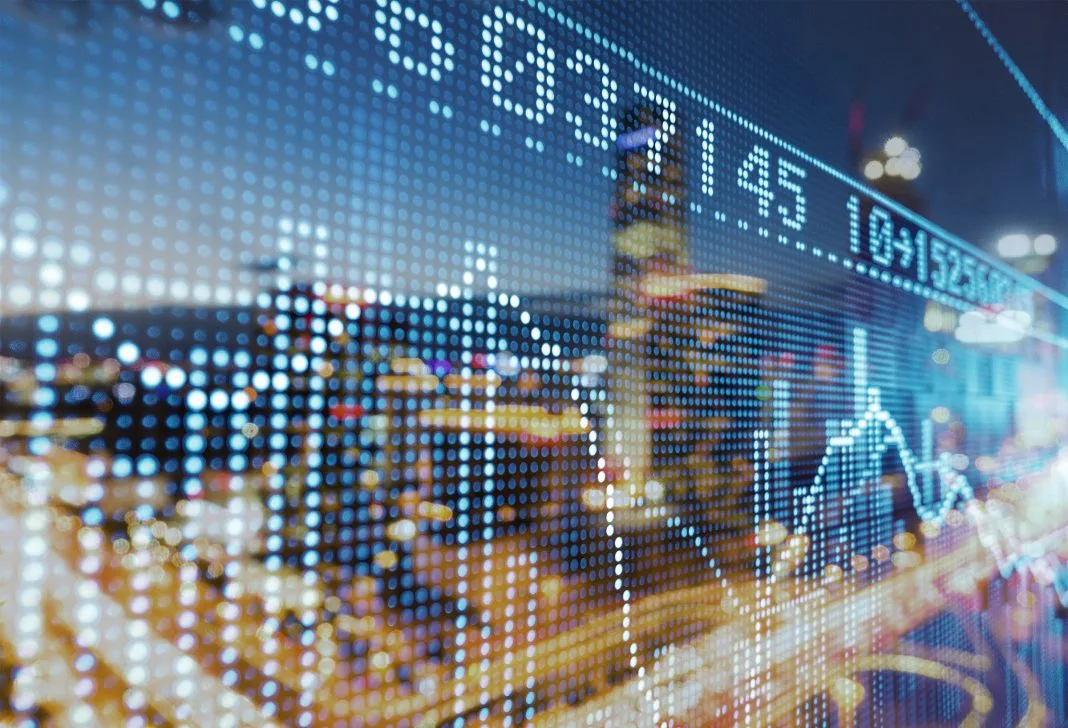On Friday, January 26, Brazil’s Ibovespa index witnessed a notable rise, driven primarily by Petrobras and Vale shares.
The index climbed 0.62%, reaching 128,967.32 points. This surge marks the end of recent weekly declines, resulting in a 1.04% weekly gain.
Petrobras maintained its upward momentum from the last session, while Vale’s shares increased by 1.76%.
This jump in Vale’s stock followed the recovery of iron ore prices in Asia, indicating a rebound in commodity markets.
Investors’ attention turned to former Finance Minister Guido Mantega’s potential appointment to Vale’s board.
Reports suggest Mantega will decline the position, a move indicative of the evolving corporate governance in Brazilian companies.

Meanwhile, Gol Linhas Aéreas faced a sharp 7.76% decline after filing for bankruptcy protection in the United States.
This led Bradesco BBI to significantly lower its target price for the airline, reflecting the challenging environment for the aviation sector.
Contrastingly, Usiminas experienced a positive shift. JPMorgan upgraded the stock to a buy rating with a new target price, signaling confidence in the steel industry’s prospects.
The focus also extended to Vivo’s R$1.5 billion ($300 million) capital reduction, promising potential returns to shareholders.
This highlights the dynamic nature of corporate strategies in response to market conditions.
On the economic front, the IPCA-15 data, a precursor to Brazil’s inflation rate, showed a slower-than-expected increase.
This deceleration suggests a stabilizing economic environment in Brazil.
Stability in U.S. inflation rates
Simultaneously, the PCE price index’s rise in the United States mirrored its November figures. This stability in U.S. inflation rates impacts global economic expectations.
Looking forward, markets anticipate the first “Super Wednesday” of 2024. Monetary authorities from Brazil and the U.S. will discuss their respective interest rates.
The expected cut in Brazil’s Selic rate and speculation about the Federal Reserve’s rate reductions reflect the global interplay of monetary policies.
This series of events underlines the interconnectedness of global and domestic economic indicators.
They collectively influence market movements and investor sentiment, showcasing the complexity of the financial ecosystem.

